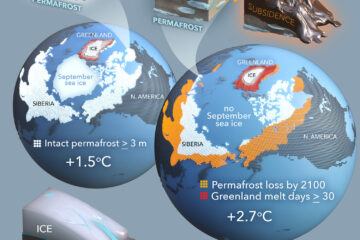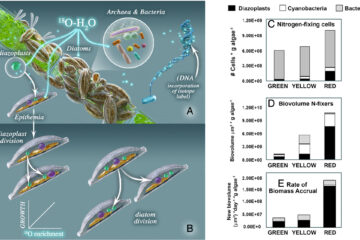Methods for estimating temperature sensitivity of soil organic matter based on incubation data: A comparative evaluation
Although the temperature sensitivity (Q10) of soil organic matter (SOM) decomposition has been widely studied, the estimate substantially depends on the methods used with specific assumptions. Here we compared several commonly used methods (i.e., one-pool (1P) model, two-discrete-pool (2P) model, three-discrete-pool (3P) model, and time-for-substrate (T4S) Q10 method) plus a new and more process-oriented approach for estimating Q10 of SOM decomposition from laboratory incubation data to evaluate the influences of the different methods and assumptions on Q10 estimation. The process-oriented approach is a three-transfer-pool (3PX) model that resembles the decomposition sub-model commonly used in Earth system models. The temperature sensitivity and other parameters in the models were estimated from the cumulative CO2emission using the Bayesian Markov Chain Monte Carlo (MCMC) technique. The estimated Q10s generally increased with the soil recalcitrance, but decreased with the incubation temperature increase. Our results indicated that the 1P model did not adequately simulate the dynamics of SOM decomposition and thus was not adequate for the Q10 estimation. All the multi-pool models fitted the soil incubation data well. The Akaike information criterion (AIC) analysis suggested that the 2P model is the most parsimonious. As the incubation progressed, Q10 estimated by the 3PX model was smaller than those by the 2P and 3P models because the continuous C transfers from the slow and passive pools to the active pool were included in the 3PX model. Although the T4S method could estimate the Q10 of labile carbon appropriately, our analyses showed that it overestimated that of recalcitrant SOM. The similar structure of 3PX model with the decomposition sub-model of Earth system models provides a possible approach, via the data assimilation techniques, to incorporate results from numerous incubation experiments into Earth system models.


